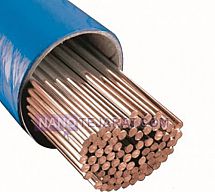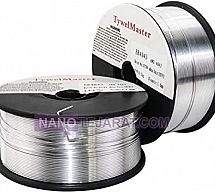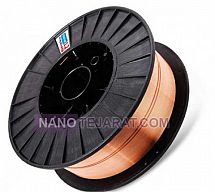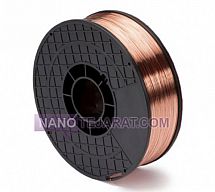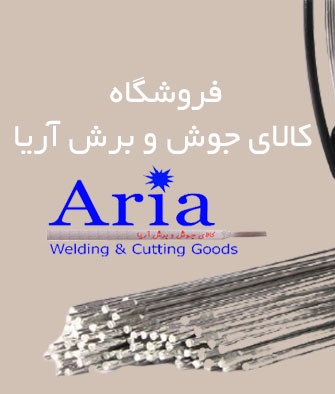

Welding wire is a consumable element in the welding process that transfers electric current and provides the filler metal. Welding wire is usually made from alloys of steel, aluminum, or stainless steel, with diameters ranging from 0.8 to 4.0 millimeters. The recommended current for aluminum welding wire is 120 to 300 amperes, and for low-carbon steel, it is 100 to 250 amperes. The standard length of a welding wire rod is 1 meter, with a weight of approximately 0.8 to 1.2 kilograms per rod. Using high-purity welding wire that meets international standards reduces spatter and increases welding quality.
Welding wire has important mechanical properties such as tensile strength of 350 to 500 MPa and hardness between 40 to 60 HRB. The melting temperature of aluminum welding wire is about 660°C, while low-carbon steel melts at 1450°C. Corrosion and oxidation resistance is improved with protective coatings or corrosion-resistant alloys. Smooth surface and uniform diameter ensure stable current and consistent arc, improving final weld quality. These technical specifications allow for selecting the appropriate welding wire for automotive, aerospace, marine, and heavy equipment industries.
